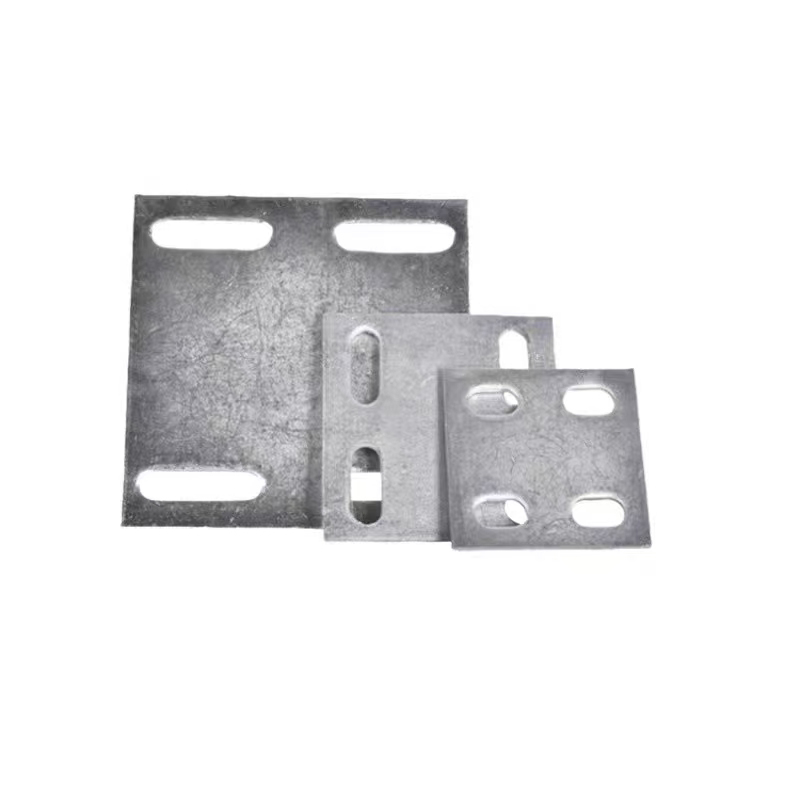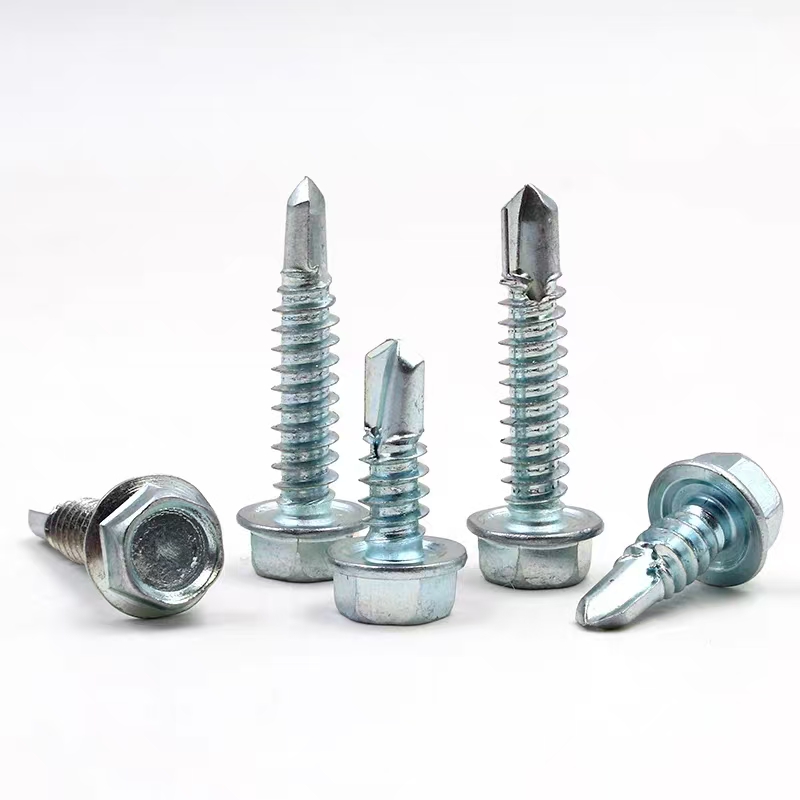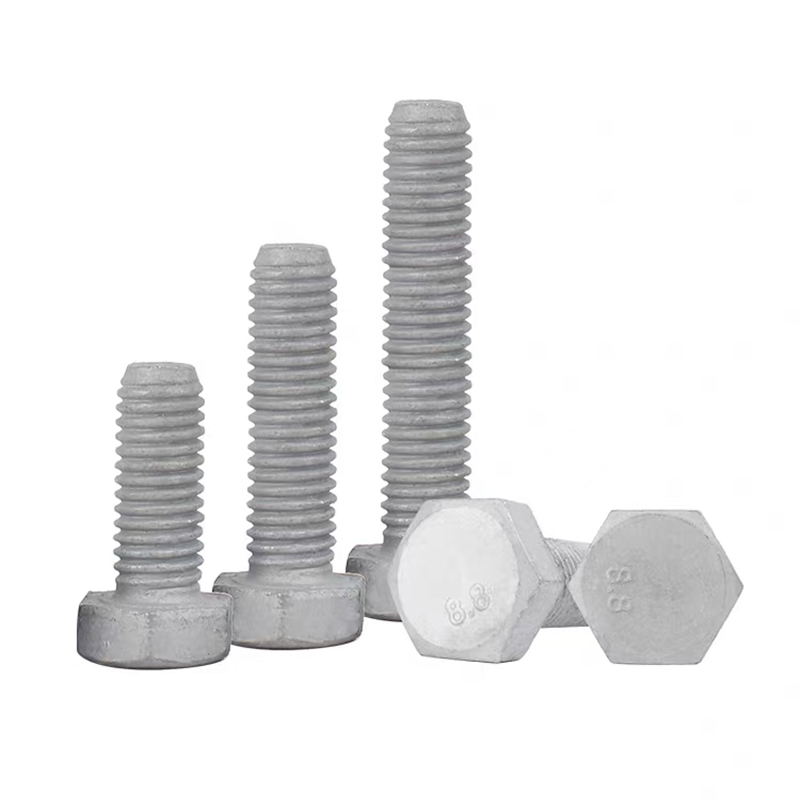- Chinese
- French
- German
- Portuguese
- Spanish
- Russian
- Japanese
- Korean
- Arabic
- Irish
- Greek
- Turkish
- Italian
- Danish
- Romanian
- Indonesian
- Czech
- Afrikaans
- Swedish
- Polish
- Basque
- Catalan
- Esperanto
- Hindi
- Lao
- Albanian
- Amharic
- Armenian
- Azerbaijani
- Belarusian
- Bengali
- Bosnian
- Bulgarian
- Cebuano
- Chichewa
- Corsican
- Croatian
- Dutch
- Estonian
- Filipino
- Finnish
- Frisian
- Galician
- Georgian
- Gujarati
- Haitian
- Hausa
- Hawaiian
- Hebrew
- Hmong
- Hungarian
- Icelandic
- Igbo
- Javanese
- Kannada
- Kazakh
- Khmer
- Kurdish
- Kyrgyz
- Latin
- Latvian
- Lithuanian
- Luxembou..
- Macedonian
- Malagasy
- Malay
- Malayalam
- Maltese
- Maori
- Marathi
- Mongolian
- Burmese
- Nepali
- Norwegian
- Pashto
- Persian
- Punjabi
- Serbian
- Sesotho
- Sinhala
- Slovak
- Slovenian
- Somali
- Samoan
- Scots Gaelic
- Shona
- Sindhi
- Sundanese
- Swahili
- Tajik
- Tamil
- Telugu
- Thai
- Ukrainian
- Urdu
- Uzbek
- Vietnamese
- Welsh
- Xhosa
- Yiddish
- Yoruba
- Zulu
- Kinyarwanda
- Tatar
- Oriya
- Turkmen
- Uyghur

Power Bolt
Power Bolt: Unveiling the Dynamics of Industrial Fastening
When it comes to industrial applications, the term Power Bolt often surfaces, yet there's a surprising degree of ambiguity surrounding it. Let's unravel this, exploring how these fasteners operate beyond simply holding things together, with insights from industry practices.
Understanding the Basics of Power Bolt
The first thing to understand about a Power Bolt is its primary function: to secure different components in place reliably. These fasteners aren't merely tools but crucial elements in structural integrity. Consider a scenario with heavy machinery where loosening isn't an option, and you'll appreciate their vital role. Yet, misconceptions about their applications are rampant.
I've seen teams debate the overuse of torque, convinced it guarantees security. In reality, excessive torque can be counterproductive, leading to premature failure. Instead, an informed approach balancing strength and flexibility is key. It's these nuances that often go unnoticed.
Different environments demand unique solutions. For instance, marine applications need corrosion-resistant materials, while high-temperature settings require heat-treated fasteners. The choice of a Power Bolt often dictates a system's longevity and performance.
Material Considerations in Power Bolt Selection
Choosing the right material for a Power Bolt isn't just a textbook exercise. It demands real-world judgment. For example, stainless steel is often praised for its resistance to corrosion, but it can be prone to galling. This is where experience and industry knowledge come into play.
Recently, during a project at Handan Zitai Fastener Manufacturing Co., Ltd., we dealt with such a challenge. Situated in Yongnian District, Handan City, we've encountered varied environmental demands. Our proximity to major transport routes means that feedback is prompt, allowing rapid adjustments and material selection tailored to specific needs.
Every choice comes with trade-offs. Opting for alloy steel might offer enhanced strength but at a higher cost. Customer requirements often dictate these decisions, requiring a fine balance between performance and budget.
Installation Challenges and Solutions
Installing a Power Bolt might seem straightforward, yet it's fraught with potential pitfalls. Proper alignment, sufficient lubrication, and correct torque are just the basics. But, have you considered environmental impacts during installation? Temperature fluctuations can affect material behavior during initial tightening.
In a recent project, we faced such a challenge. Handan Zitai Fastener Manufacturing Co., Ltd. was tasked with providing fasteners for an outdoor installation during winter. Our team had to adjust the torque recommendations to account for metal contraction in cold conditions.
It's in these practical adjustments that true expertise shines. Experienced professionals understand that manuals serve as guidelines, but each situation requires bespoke solutions derived from firsthand observations.
Power Bolt Applications in Different Industries
Industries vary significantly, from automotive to aerospace, each with unique demands. One client's requirement might be vastly different from another's. For instance, automotive applications may prioritize vibration resistance, while aerospace demands weight savings without compromising strength.
Our collaboration with diverse sectors at https://www.zitaifasteners.com has revealed fascinating insights. Each application provides a learning curve—each sector contributing its nuances to our knowledge base.
Adaptability is crucial—a Power Bolt perfect for one industry might be entirely unsuitable for another. Constant adaptability, guided by experience, is necessary for navigating these waters effectively.
The Future of Power Bolt Technology
Innovation is relentless. We're seeing advancements with smart materials and IoT-enabled fasteners, providing real-time monitoring—an exciting frontier for Power Bolt technology. At Handan Zitai Fastener Manufacturing Co., Ltd., we're anticipating shifts toward greener materials and sustainable practices.
The journey towards innovation is complex. It demands continuous learning and adaptation, qualities fostered here in Handan City. Being at the forefront involves embracing both successes and failures for what they teach us.
And so, as the industry transforms, our experience drives our path forward. Challenges remain, yet with every project, we refine our skills, enhancing our contribution to the ever-evolving landscape of fastener technology.
Related products
Related products
Best selling products
Best selling products-
 Welding nut (welding nut)
Welding nut (welding nut) -
 Electroplated galvanized gaskets
Electroplated galvanized gaskets -
 Electroplated galvanized flange nut (flange face nut)
Electroplated galvanized flange nut (flange face nut) -
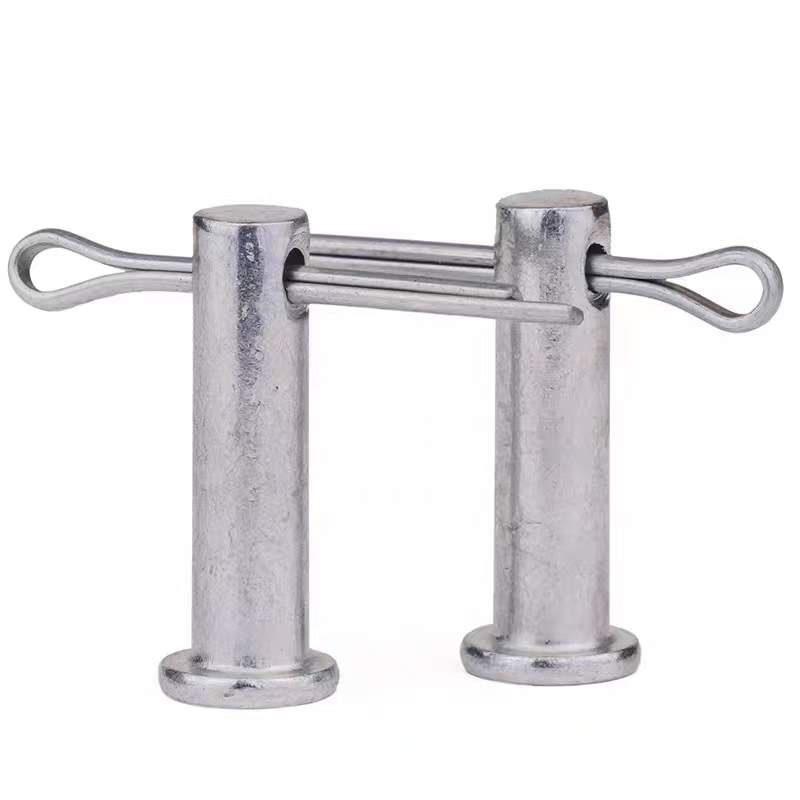 Electrogalvanized pins
Electrogalvanized pins -
 Basket bolts
Basket bolts -
 U-bolts
U-bolts -
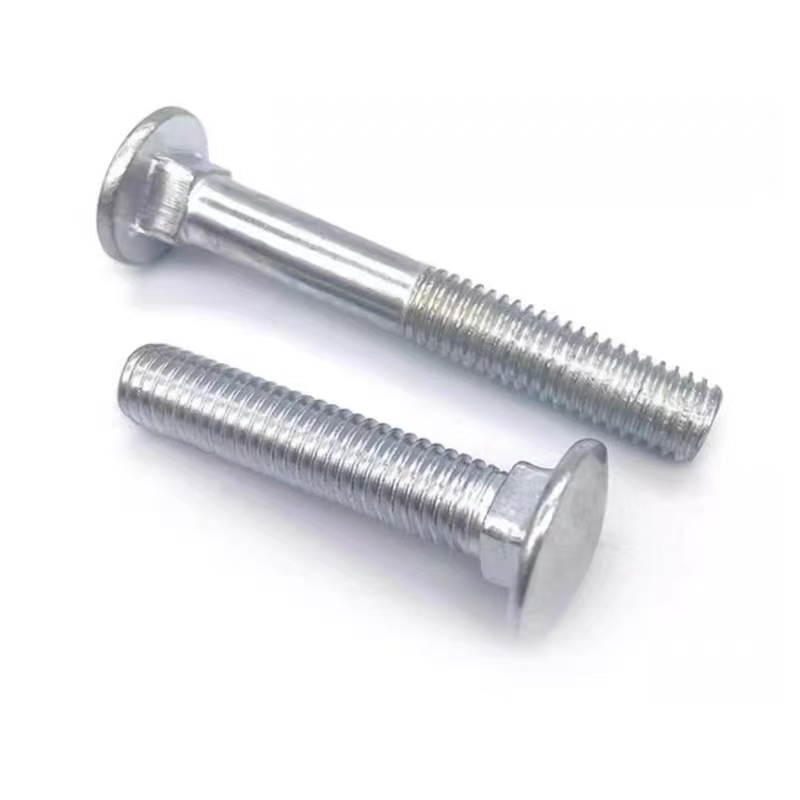 Carriage bolt (half-round head square neck bolt)
Carriage bolt (half-round head square neck bolt) -
 Electrogalvanized cross countersunk drill thread
Electrogalvanized cross countersunk drill thread -
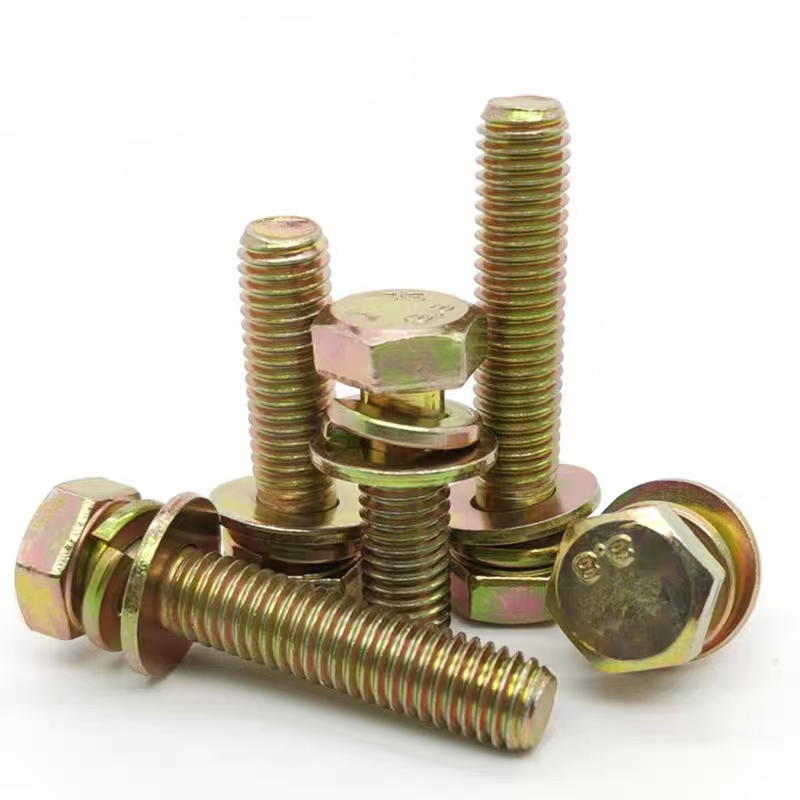 Colored zinc plated hexagonal bolts
Colored zinc plated hexagonal bolts -
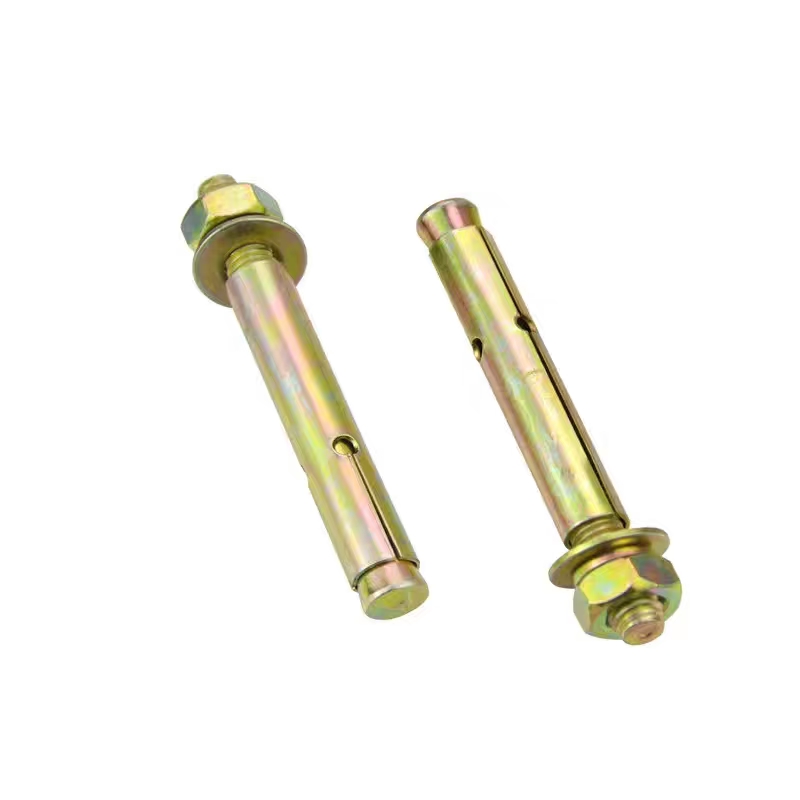 Colored zinc-plated expansion bolts
Colored zinc-plated expansion bolts -
 Stud bolts
Stud bolts -
 Welding nails
Welding nails


